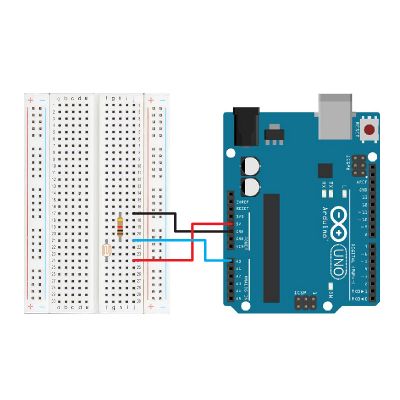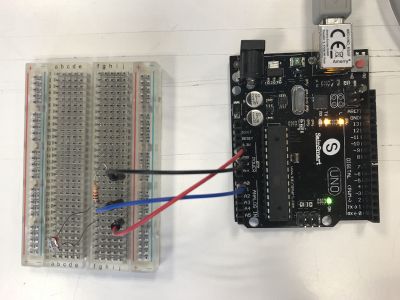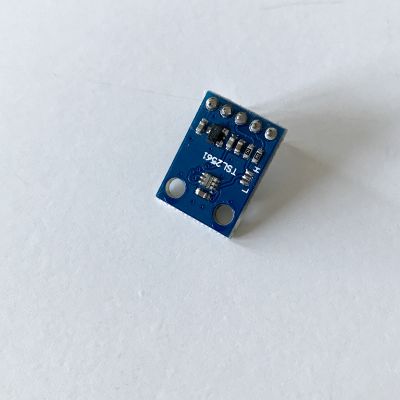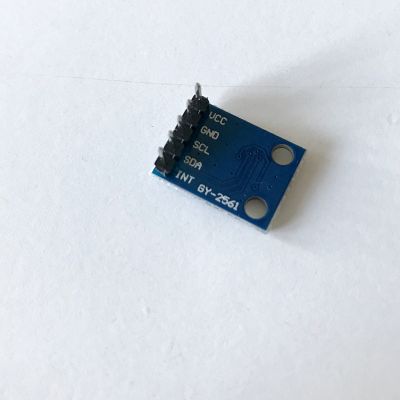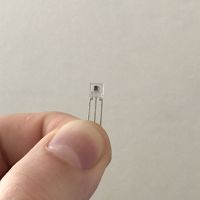First attempt
In order to read the light from the Pyrocystis I wanted to use a Photo Cell connected to Arduino that sends the information to Max. My first try was with a basic Photoresistor, as you can see on the photo, and used the patches below.
Patches used:
- Arduino: File:Photocell_to_Max.ino
- Max MSP: File:ReceiveDataFromPhotocell.maxpat
Unfortunately the Photoresistor in the first attempt is not sensible enough for the low light emitted by the plankton.
Second attempt
For the second attempt I am using the Adafruit TSL2561. This link provide all the information about the drivers needed, the wiring of the Sensor and the Arduino codes. Below is the Arduino patch used for this configuration.
Patches used:
- Arduino: File:TSL2561.ino
Once again, the light sensor is not powerful enough to detect a difference in the light emission of the Dinoflagellates, but the TSL2561 is still more sensible than the photoresistor used in the first attempt. It is a good option for somebody who would like to work in low light.
Third attempt
Finally I found a sensor that is sensible enough to read the low light of the 'Pyrocystis'. It is the TSL237S-LF, which is a Light-to-Frequency Optical Sensor.
Datasheet: File:TSL237_Datasheet.pdf
The wiring is pretty straight forward, but the code is a little bit more tricky if you are a beginner. I found one that I adjusted and it is now working well for the low light, and another one that works better with natural light.
Patches used:
- Arduino (Low-light): File:TSL237S-LF_LowLight.ino
- Arduino (Natural light): File:TSL237S-LF_Natural.ino
- Max : File:ReceiveDataFromTSL237.maxpat
